Table of Contents+
The topic of squatting barefoot vs shoes is a highly debated subject and it’s a really fun one to explore. A lot of times I find that athletes, coaches, and lifters will discuss squatting barefoot vs in shoes from their own bias.
It’s okay to have a preference for footwear for squatting, but a bias doesn’t paint the full picture for anyone trying to decide what to do per their squatting goals.
Much like your squat form, the footwear you wear for squats should be individual. We all have different squat mechanics and foot anatomies, so finding the right pair of shoes to squat in should be a process of experimentation per your wants and needs for squats.
For example, some athletes love squatting barefoot while others find it super uncomfortable, why is this? My goal with this article is to help you better contextualize and individualize your approach when selecting the ideal shoes for big squats and your goals.
Why Do Lifters Squat Barefoot?
There are multiple reasons why lifters choose to squat barefoot. Some of these reasons are rooted in personal preferences, while others are rooted in performance.
The first and most common reason why lifters will squat barefoot is that they prefer to do so and it feels natural to them. If you were to ditch your shoes and drop into a bodyweight squat right now, then you’d likely feel two things,
- That it feels super comfortable and natural for you and there are no mobility limitations.
- It feels somewhat awkward and your goal squat depth feels tough to achieve.
If you’re part of the first population, then you’re more than likely also someone who enjoys squatting barefoot. To achieve squats at different depths, we’ll need different mobility thresholds at the ankles and hips.
Our anatomy can also play a role here, so the shape of our hip capsule and femur head and neck will also influence what feels most comfortable and natural.
This is why not everyone can squat comfortably to depth without heel elevation or a higher heel-to-toe drop in their training shoes. Lifters that have anatomies and the mobility for barefoot squatting will often default to this because it feels relatively easy for them and they’re able to maintain really good form when squatting barefoot.
Wide feet are another reason some lifters opt for barefoot squatting. Some lifters with wide feet often feel that shoes limit their feet’ ability to splay, spread, and grip the floor when squatting, so they naturally ditch them.
In this context, barefoot squatting may be more comfortable for lifters with wide feet. Barefoot shoes are a great option in this context, too. When it comes to performance, the main benefit that you’ll hear from those who prefer to squat barefoot is they feel more stable.
If the full foot can make contact with the ground and naturally spread, then it’s normal to feel as though balance and stability both increase. Oftentimes, lifters will refer to this as being able to maintain a stronger tripod foot position.
Tripod foot position is the intentional grounding of the base of the heel, big toe, and pinky toe to increase balance, stability, and foot engagement with the ground.
In some cases, the idea of squatting barefoot for increased stability can certainly be true, however, keep in mind that if you’re a lifter who needs an elevated heel for squatting due to form breakdown, then you’ll have to weigh the pros and cons here.
In my opinion, you’d likely be more productive finding shoes that accommodate your squat mechanics better versus forcing barefoot squatting just for stability purposes.
If squatting barefoot messes up efficient squat form, then you’re going to lose out on that stability anyway. There are plenty of shoes that will offer constructions that work for your squat and anatomy to assist with the stability you may have.
What Does Squatting Barefoot Do?
Squatting barefoot can be a useful tool at times for lifters who want to play with different foot positions when squatting. Barefoot squatting can help highlight mobility limitations and be a useful tool for those rehabbing their feet and ankles as the feet will usually “feel” more engaged when squatting barefoot.
In the context of mobility limitations, if you lack dorsiflexion or hip mobility and you find that these factors are limiting your squat performance, then you can use barefoot squats as a tool to highlight where form breakdown tends to happen.
Since we’ll be squatting with a flat foot position and barefoot, you’ll generally find that it’s a bit easier to spot where mobility starts to be limited in your squat.
For example, if you lack dorsiflexion and find that it’s really difficult to track the knees over the toes, then using barefoot squats can help you identify how much true dorsiflexion you have and where you start to notice your form breakdown.
In this example, you’ll want to pay attention to your joint angles and what they’re doing regarding your squat form throughout your reps and sets.
Once you’ve identified where you feel mobility limitations with your barefoot squats, you can then work through a productive range of motion that will allow you to improve your mobility progressively while not deviating from good squat form (per your individuality) in the process.
For rehab purposes, squatting barefoot can also be a useful tool for those overcoming ankle and foot injuries. During times like these, you may find that your foot or ankle musculature may have weakened due to underutilization or lost out on some of their natural mobility due to not moving through their normal range of motion.
When squatting barefoot, you may find that the demands on your feet and ankles are increased. If you can increase these demands slowly and modify your squat range of motion, then squatting barefoot can be a useful rehab tool in some contexts.
Is Squatting Barefoot Bad for You?
There is nothing inherently wrong with squatting barefoot. Conversely, squatting in shoes is also not inherently bad for you, and we always need to apply context.
I think, at times, lifters can place their emotional bias towards one way of squatting, which can then cause others to think one way is better than the other or bad, so to speak.
This is not the case, and I’d suggest shifting the focus in the question from bad to optimal and sub-optimal. By focusing on our individuality as a lifter, we can figure out if squatting barefoot is worth it for our individual squat needs, wants, and preferences.
A great example here would be a taller lifter who has a really hard time achieving good squat depth without a weightlifting shoe or heel wedge.
Squatting barefoot for this lifter isn’t bad, but it may be sub-optimal per their anatomy and squat mechanics. If we’re training in sub-optimal environments and positions, then we’ll start to see form deviate more as demands like load are increased.
That being said, in this context, squatting barefoot isn’t bad; it’s just sub-optimal, especially if the goal is proficiency and efficiency with squats.
If we look at the image above, it’s pretty easy to see that wearing weightlifting shoes is a really useful tool for me in achieving great squat depth with good form.
In the image on the right, I’m pitched forward more due to lacking dorsiflexion, which will then limit my abilities when the load increases because I don’t maintain good balance and squat mechanics at deeper ranges of motion.
The takeaway here is that it can be more productive for you as a lifter to frame the question of “Is squatting barefoot bad for you?” into a question of optimal and sub-optimal per your individuality.
Why Do I Have Butt Wink When Squatting Barefoot?
Coaches and lifters are constantly going back and forth on the topic of butt wink. Is butt wink bad, should we be worried, and how do I prevent it, are all popular questions that relate to the topic of butt wink. Butt wink is the act of the pelvis tucking or rounding under the body during squats.
A lot of times lifters and athletes will find that when they squat barefoot, they’ll notice they experience more butt wink, why is this? A lot of times, butt wink has to do with a lifter’s anatomy and mobility, which are topics I’ve discussed above.
Personally, when I coach athletes and lifters, I shift the conversation of butt wink being bad or good to be more goal-focused. Based on the lifter’s squats that I’m seeing, will butt wink potentially be a limiting factor per the lifter’s goals.
In most cases, I’d argue that butt wink is a sub-optimal self-organization strategy, especially as the load on a lifter’s back increases.
If a lifter is experiencing butt wink from squatting barefoot and they feel like it’s limiting their form or potential, then adding heel elevation can be a useful strategy for them.
Generally speaking, butt wink will arise when a lifter is lacking adequate dorsiflexion or they have anthropometrics that limit their potential to squat to depth barefoot.
A lifter’s femur length, head shape, and neck length, along with their hip capsule anatomy would be great examples of anatomical factors that could influence the rate and degree to which butt wink is present when squatting.
Squatting Barefoot Vs Shoes Takeaway Points
When considering squatting barefoot vs shoes, I’d suggest keeping three things in mind. This way you can make more educated footwear decisions for your squat needs.
Different Heel-to-Toe Drops Will Influence Squat Mechanics
A shoe’s heel-to-toe drop can play a role in your squat mechanics by changing the dorsiflexion demands needed to execute a great squat. When you manipulate something like dorsiflexion, then other areas on the body up the change will also see reflective changes.
For example, this is why a lot of lifters find that squatting with an elevated heel helps them maintain a more upright torso position. This torso position is a result of manipulating the heel-to-toe drop of the shoe that we’re training on.
If we don’t have the dorsiflexion amount that we need for our squat, then we’ll make up for it in other ways such as pitching the torso forward more when achieving depth and training to maintain our balance.
Instead of “Bad” Shift Your Mindset to Sub-Optimal
Instead of using terms like “bad” and “good” when considering squatting barefoot, I’d suggest looking at this topic from the lens of what’s optimal and sub-optimal for you.
This can help taper the development of a bias towards one style of footwear for squatting and help us keep a more open mind for what’s best per our goals.
If squatting barefoot feels comfortable and smooth for you, great, then proceed and keep squatting barefoot. If you prefer to use weightlifting shoes because they help your form, awesome, proceed as normal.
When discussing optimal and sub-optimal, don’t forget about unilateral squat variations and how they can also be useful tools for exposing us to different styles of footwear without compromising form.
For example, if you’re always back squatting in weightlifting shoes and want to play around with barefoot squat variations, opting for something like a split squat can be a useful tool to give you barefoot exposure without taking away from your optimal back squat form if back squatting barefoot is tough for you.
Squat Footwear Choice Should Be Individual
When considering the best shoes for squats for your training needs, it can be very productive to make your selection based on individuality. This means that you’re not selecting footwear for squats based on an emotional bias or what someone else has said you “have to do”.
The footwear we wear for squats should be individual to our anatomies and demands of training. Additionally, different squat variations will require different demands from our body so you may find that for some squat variations you like working barefoot while for others you prefer lifting shoes.
This is normal and considering this point can help you be much more specific with your training intent.
Frequently Asked Questions (FAQ)
Q:Is it better to squat barefoot?
Q:Is squatting barefoot bad for you?
Q:Why do lifters squat barefoot?
Final Takeaway Points
Squatting barefoot vs shoe is a good topic to explore as you dial in your squat technique and performance. There are multiple reasons why a lifter may prefer squatting barefoot or in shoes.
I think it’s important to select squat footwear that best aligns with your squat goals and anatomical needs. There is no one-size-fits-all answer when talking about the topic of squatting barefoot vs shoes.
If you have additional questions on this article and topic, drop a comment below or reach out to me personally via Instagram (@jake_boly).



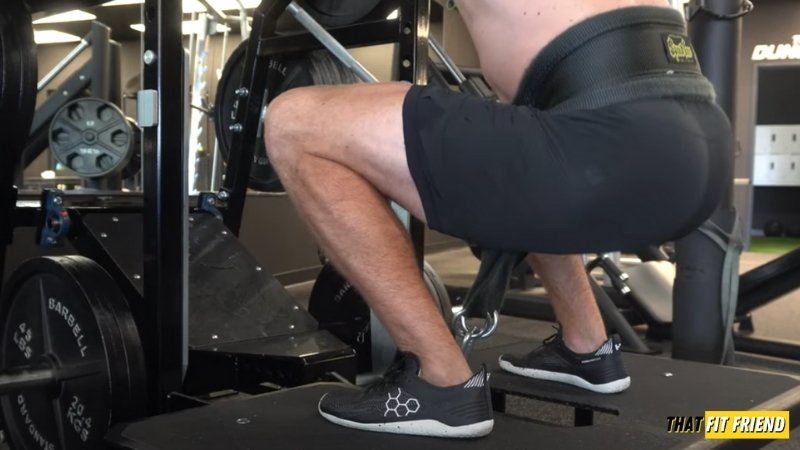
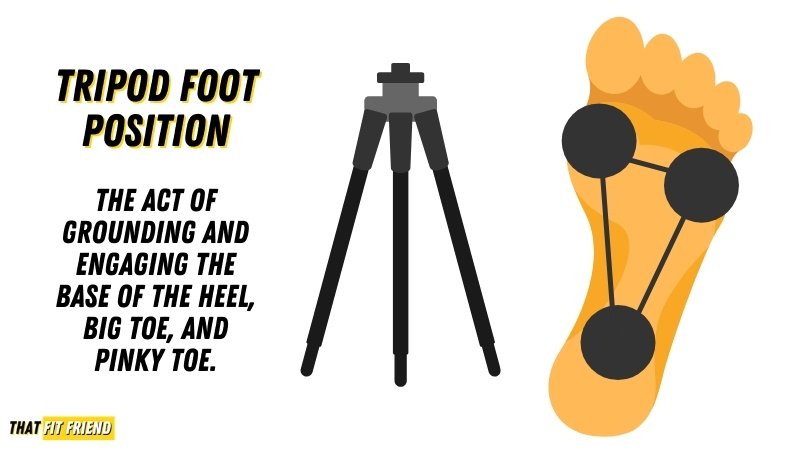






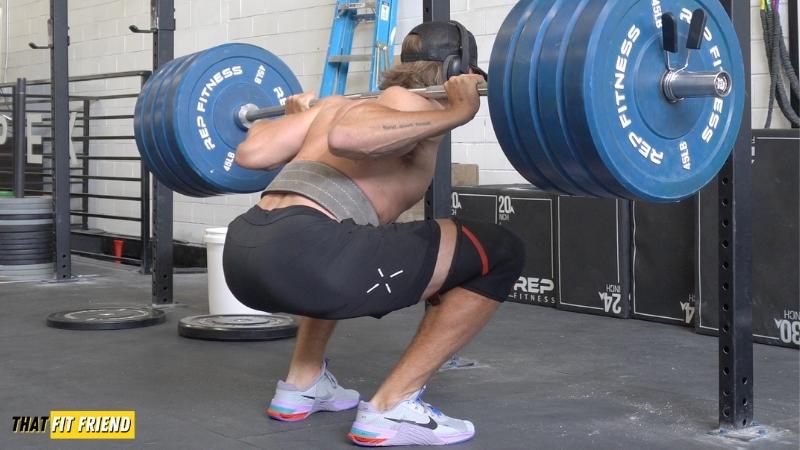
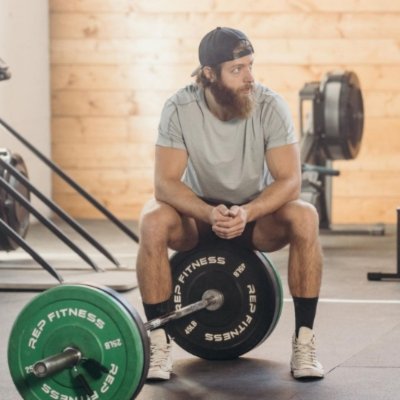
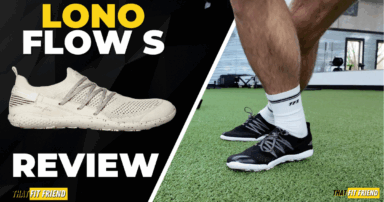
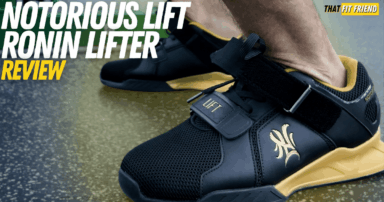


Add a Comment